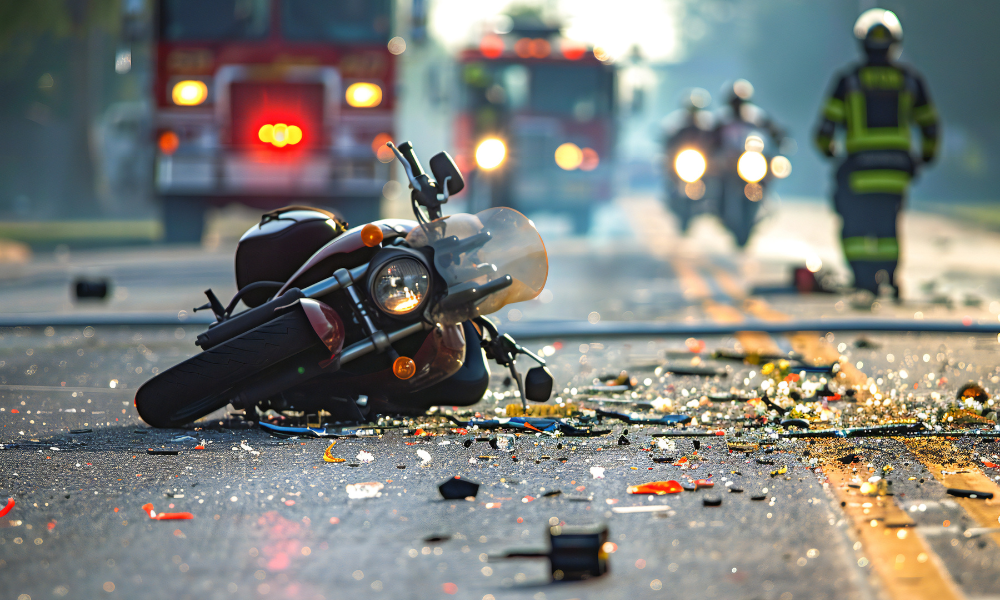The Supreme Court of Canada is being asked to revisit the issue of vicarious liability when there is an intentional wrong committed by an employee against a potentially vulnerable victim.

The Supreme Court of Canada is being asked to revisit the issue of vicarious liability when there is an intentional wrong committed by an employee against a potentially vulnerable victim.
A leave application to the Supreme Court has been filed from a decision of the Court of Appeal this summer in a case where a taxi driver was alleged to have sexually assaulted an intoxicated female passenger.
The Court of Appeal ruled in Ivic v. Lakovic that a Kitchener, Ont. taxi company was not vicariously liable for the alleged actions of one of its drivers, who had no prior criminal record.
“In the absence of such evidence, or evidence of what precautions a taxi company could take above and beyond the applicable standard of care to deter drivers from sexually assaulting passengers, I would be reluctant to conclude that imposing vicarious liability would have a deterrent effect,” wrote Justice Alexandra Hoy in the decision. She noted that it was the first time the Court of Appeal had to decide this issue in the context of an alleged sexual assault by a taxi driver.
In asking the Supreme Court to grant leave to that decision, Ivic’s lawyer Gavin MacKenzie states that it is an opportunity to address systemic problems within the justice system for sexual assault victims seeking some form of accountability. It is also time to reconsider the existing framework in place for deciding when to impose vicarious liability, argues MacKenzie, of MacKenzie Barristers PC, in written submissions filed with the Supreme Court.
“This case gives the court the opportunity to provide effective guidance to lower courts, Canadian businesses and the public, as to whether employers will be held responsible for their employees’ torts against their customers, and to decide whether vicarious liability is indeed one means through which our justice system can seek accountability and a meaningful remedy to survivors of sexual assault,” MacKenzie writes.
The Court of Appeal, in its ruling in Ivic, applied the vicarious liability framework set out by the Supreme Court in 1999 in its ruling in Bazley v. Curry.
Simona Jellinek, a Toronto-based lawyer who frequently acts for victims of sexual abuse and sexual assault, agrees that it would be helpful for the court to review that framework.
Latest News
“Looked at from today’s viewpoint, the court might come to a different conclusion. Vicarious liability is a doctrine based on public policy and the protection of vulnerable people. This comes up a lot, especially in sexual assault cases,” says Jellinek, who heads the Jellinek Law Office.
As well, she suggests that the principles outlined in Bazley are not always applied consistently, which is also noted by MacKenzie in his written submissions filed with the Supreme Court.
Lower court cases previously have imposed vicarious liability on the employers of a priest, but not that of a lay minister, and on the employers of a science teacher, but not a physical education teacher.
David Elmaleh, a civil litigation lawyer and partner at McCague Borlack LLP in Toronto, says the changes in the employment landscape over the past 20 years may also be a reason for the Supreme Court to grant leave.
“Employers now have less direct control over employees,” says Elmaleh, noting that there are more contract employees and individuals working from home or other working arrangements.
For the purposes of the original summary judgment motion in Ivic, the taxi company conceded that the driver was an employee and not an independent contractor. There was no evidence of negligence by the employer or evidence that the driver had a past history of sexual violence.
The Court of Appeal concluded that there was not the required “strong link” between what the taxi company required its driver to do and the risk of a sexual assault.
“The nature of the liability that the appellant asks this court to impose on the taxi company is indirect, no-fault liability. The court should be cautious about imposing indirect, no-fault liability,” wrote Justice Hoy, with Justices Robert Blair and William Hourigan concurring.
The decision by the Court of Appeal “was a fair one, on the facts,” says Elmaleh.
“We have to be careful not to cast the vicarious liability net too wide. Employers should not be made involuntary insurers. However, there is a tension between that and the policy rationale — we want to protect potential victims from wrongful acts,” he says. The policy considerations were noted by the Court of Appeal in its decision in Ivic, but it said the risks were not specific to taking a taxi.
“The vulnerability of potential victims to the wrongful exercise of the employee’s powers — is arguably an important factor in this case. Late in the evening, a lone, intoxicated woman is vulnerable. Sadly, however, she is prey not only to taxi drivers. The power the driver allegedly wrongfully exercised was not predicated on his employment,” Hoy wrote.
From the perspective of a customer though, says Jellinek, especially a young woman who is intoxicated, there are reasonable expectations of safety when hailing a taxi.
That point is also made in the Supreme Court leave submissions filed on behalf of Ivic.
“Young women, are consistently told, when they are out drinking, taking a taxi home is the responsible and safe thing to do,” writes MacKenzie.






